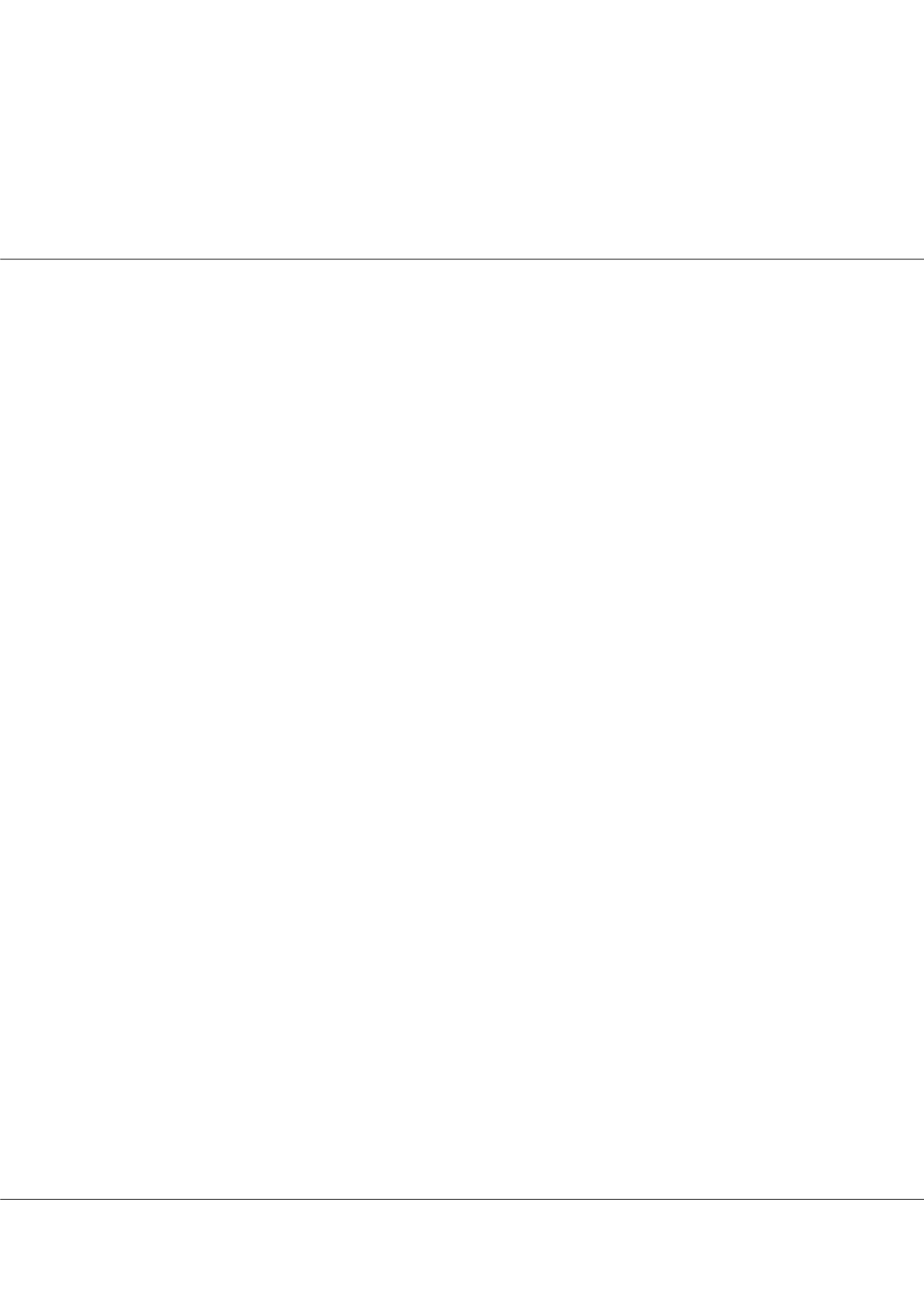

Page 60
conferenceseries
.com
Volume 4, Issue 5 (Suppl)
J Pharmacovigil 2016
ISSN:2329-6887 JP, an open access journal
Pharmacovigilance Congress 2016
September 28-30, 2016
September 28-30, 2016 Toronto, Canada
6
th
Pharmacovigilance Congress
J Pharmacovigil 2016, 4:5 (Suppl)
http://dx.doi.org/10.4172/2329-6887.C1.024Evaluation of drugs removed from the United States market from 2000 to 2015
Ramie Fathy
South College School of Pharmacy, Knoxville, TN
T
his study was conducted to collect and analyze data on prescription drugs removed from the United States market from 2000 to
2015. Information was initially obtained from the FDA website and then augmented with data from primary literature. Medline
was the primary bibliographic database utilized with withdrawn drug names as keywords. Inquiry was also done on drugs that
were later reinstated and drugs that only had a single dosage form removed from the market. A total of 26 drugs were withdrawn
from the market during the time period researched. Three drugs were withdrawn then reinstated and 5 drugs had a certain dosage
form withdrawn. The top 3 drug classes removed were: Biological response modifiers (19.2%), gastrointestinal agents (15.3%) and
psychotropic agents (15.3%). The top three reasons drugs were withdrawn from the market were cardiotoxicity, hepatotoxicity and
stroke. Of the agents withdrawn, the average time on the market was 9.0 years +/- 6.2. The median and mode were 8.5 and 4.0 years
respectively. These were calculated removing the outliers which are propoxyphene (52.0 years) and pemoline (30.3 years). It appears
that the top classes of drugs withdrawn from the market and the reasons for removal have changed in the past 13 years as compared
to earlier findings by others. Reported prolonged periods of drugs in the market before removal may necessitate a strict monitoring
of both efficacy and toxicity once drugs are approved.
ghussein@southcollegetn.eduPharmacovigilance education for medical students
Raymond R Mattingly
Wayne State University School of Medicine, USA
I
n 2006, the Institute of Medicine reported in Preventing Medication Errors that at least 1.5 million preventable adverse drug events
occur each year in the USA. A related concern may be whether there is an increase in poor patient outcomes in July, when newly
trained medical residents enter practice. Although most such reports are anecdotal, such as “Don’t get sick in July”, there are also
peer-reviewed studies. For example, the highest risk myocardial infarction patients suffer increased mortality in July in hospitals that
are categorized as teaching intensive. Most pharmacology education in USA medical schools occurs in the early years of the medical
school curriculum through some introduction to basic principles of pharmacodynamics and pharmacokinetics and then system-
specific drug coverage that is often integrated into system-based pathophysiology units. Clinical pharmacology coverage in later years
of the curriculum is rarely required but more often offered as an elective. To provide consistent and universal education on the topics
of adverse drug events and pharmacovigilance, we instituted a four-part module in the year-2 medical student curriculum. We first
provide a concise self-study packet of principles and then have faculty facilitation for 3 case-based, small group discussion sessions,
with the adverse event cases specifically designed to integrate material across systems. We assess knowledge through multiple-choice
questions in the regular course examinations. Student evaluation of these sessions has been very positive. The pharmacovigilance
curriculum has become a key component of our longitudinal curricular theme on patient safety and quality improvement.
r.mattingly@wayne.edu















